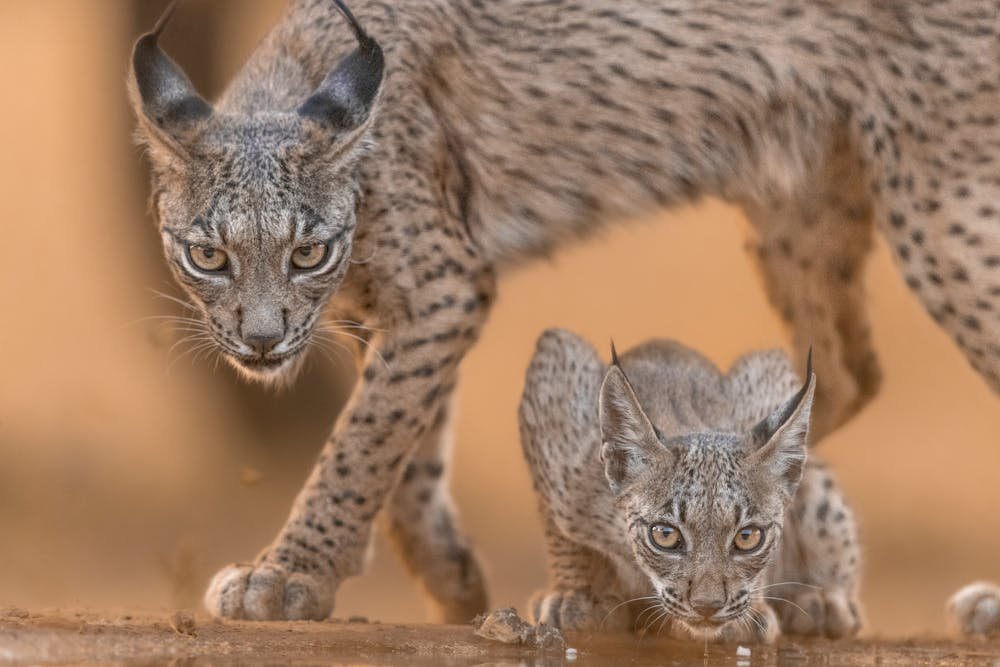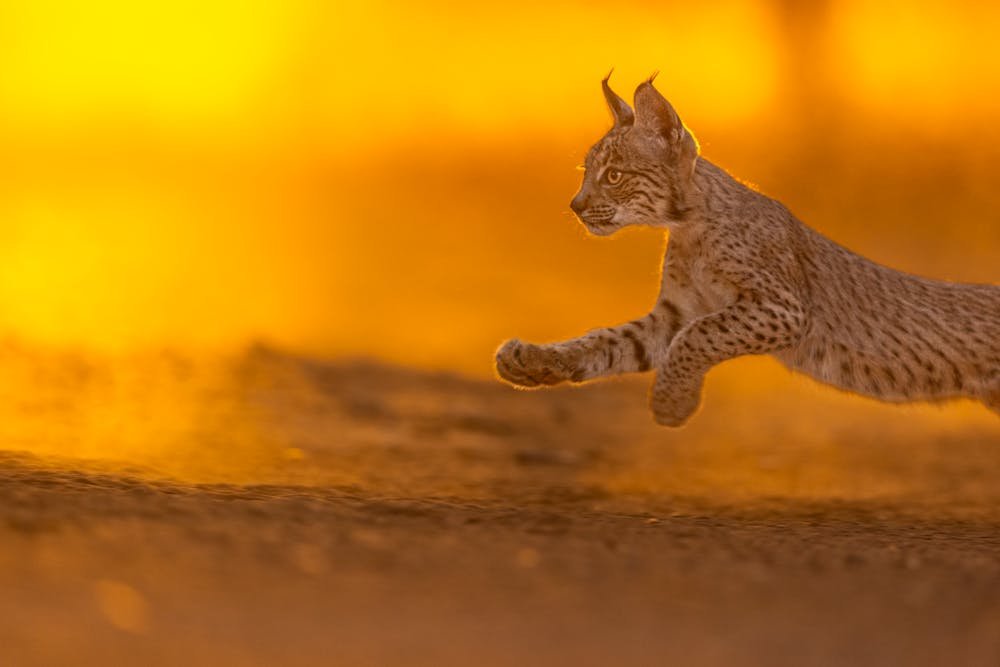In the sun-drenched landscapes of the Iberian Peninsula, a conservation miracle has unfolded over the past two decades. The Iberian lynx, once teetering on extinction’s edge with just 62 mature individuals in 2001, has made a remarkable comeback.
Today, more than 2,000 of these charismatic cats roam the Mediterranean woodlands of Spain and Portugal.
A Species on the Brink
The story begins with a crisis. By the early 2000s, the Iberian lynx population had collapsed to catastrophically low numbers. The causes were painfully clear: their prey was disappearing, their habitat was shrinking, and human activities were taking a deadly toll.
The European rabbit, which makes up about 90% of the lynx’s diet, had been decimated by viral diseases. Meanwhile, modern agriculture transformed traditional landscapes, and roads cut through their territory.
Turning the Tide Through Conservation Efforts

Image by pexels
The response was swift and collaborative. Spanish and Portuguese authorities, scientists, conservation groups, and local communities united with a single purpose: to save the lynx.
Their approach was comprehensive. First, they established breeding centers to increase lynx numbers in protected environments. These facilities carefully paired genetically valuable individuals while minimizing human contact to ensure cubs maintained their wild instincts. Next, they restored habitat for the Iberian lynx across the region. This meant planting native vegetation, creating wildlife corridors, and working with landowners to make their properties lynx-friendly.
Measurable Success in the Wild

Image by pexels
The results have been nothing short of spectacular. From occupying just 449 square kilometers in 2005, the lynx’s range expanded to over 3,320 square kilometers by 2022. More than 400 captive-bred lynx have been successfully reintroduced to their native range.
This growth led the International Union for Conservation of Nature (IUCN) to recently downgrade the Iberian lynx from “endangered” to “vulnerable” on its Red List.
Challenges Ahead
Despite this tremendous progress, significant challenges remain. Climate change poses new threats, particularly through increased wildfire risk in Mediterranean habitats.
Rabbit diseases could still surge, undermining the lynx’s food supply. And as lynx populations expand, they increasingly encounter roads and human settlements.
Conservation teams continue adapting their approaches to address these challenges. Wildlife crossings over highways, disease monitoring in rabbit populations, and ongoing habitat protection all play vital roles in securing the lynx’s future.
A Model for Other Species
The Iberian lynx recovery offers a blueprint for saving other endangered species. Its success hinged on addressing multiple threats simultaneously, bringing diverse stakeholders together, and maintaining long-term commitment.
Most importantly, it reminds us that extinction is not inevitable—with science-based approaches and collaborative effort, we can reverse even the most dire conservation situations and bring magnificent creatures like the Iberian lynx back from the very edge of oblivion.






